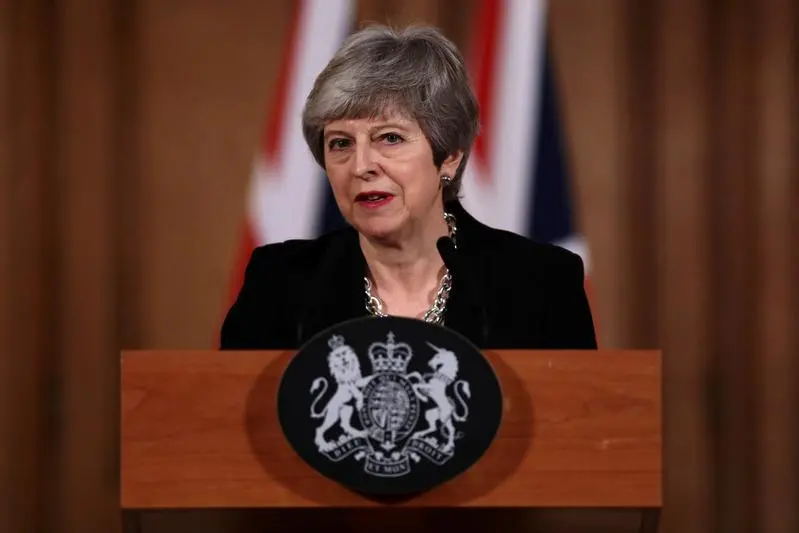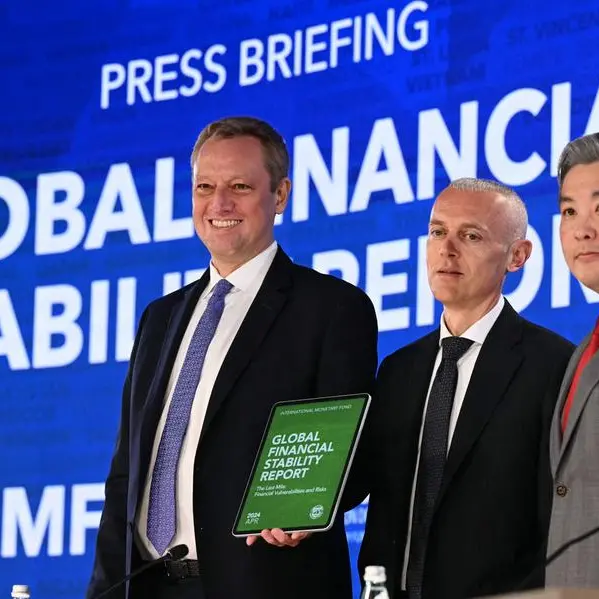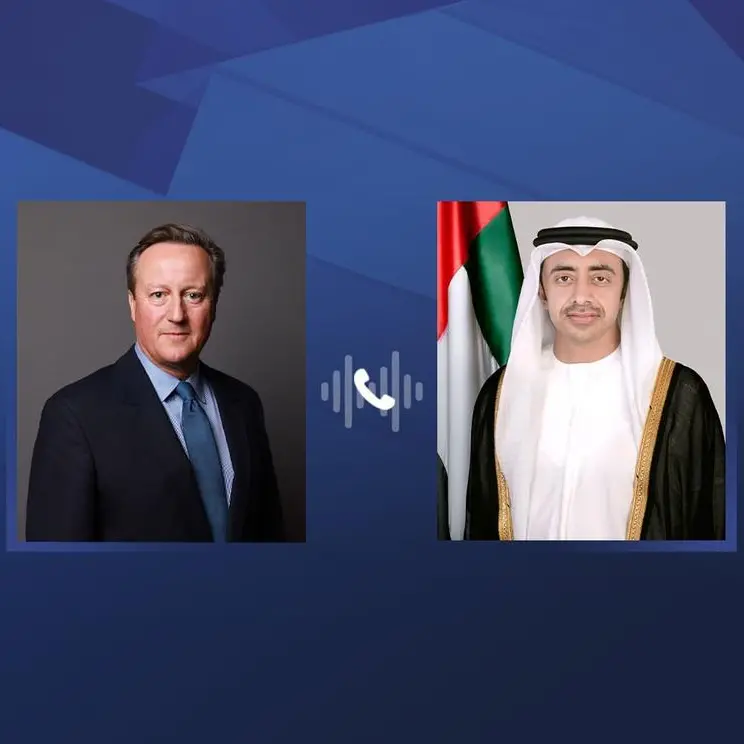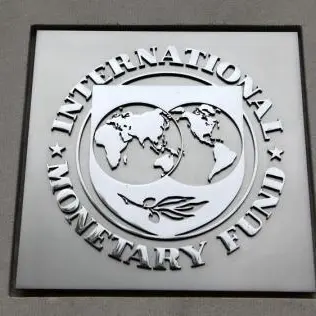PHOTO
The House of Commons adjourned last Thursday night for a two-week recess after an agreement on the latest Brexit extension to October 31. While many MPs have welcomed the new Halloween deadline, it represents a classic Brussels fudge that may be more “trick” than “treat” for London and potentially the EU too.
This is because the compromise six-month “flextension,” rather than a longer one of up to a year (favored by a large majority of EU countries, including Germany), or a shorter one to May or June (favored by France), may not deliver the decisive breakthrough needed. That is, six months may be too short to allow a fundamental re-think on Brexit, including the possibility of a second referendum or People’s Vote, but is long enough to remove the short-term pressure on MPs to agree on a withdrawal deal before the European Parliament elections begin on May 23, as the British government prefers.
Moreover, European Council President Donald Tusk has said that the EU could consider another extension beyond October. This raises the possibility that the October 17 European summit could kick the Brexit question even farther down the road to 2020.
The differences between EU states on the latest Brexit deadline underline the sometimes forgotten point that each nation has distinct political and economic interests that inform their stance on the UK’s exit. The divergent positions of EU states thus range from the UK’s fellow non-eurozone member, Sweden, whose interests are broadly aligned with UK positions, to countries that have more complicated postures, such as France.
It is no coincidence that Emmanuel Macron had the toughest stance toward the Brexit extension. Paris has long had a complex, sometimes contradictory relationship with London in the context of EU affairs.
And the positioning of the ardently pro-Brussels Macron, who believes Brexit to be an act of political vandalism to the continent, is reinforced by the domestic pressure he is under to be seen to be tough on London. This is not least because of the continuing political appeal of populists such as far-right National Front Leader Marine Le Pen (Donald Trump’s favored candidate in the 2016 French presidential elections), and the fears Macron has that such Euroskeptic candidates could make massive gains in May’s European Parliament election.
With France at odds with traditional ally Germany over the Brexit extension date, a classic Brussels fudge therefore emerged of October 31. Macron also secured a June “review” to provide assurances that the UK will now conduct European Parliament elections almost three years after the nation voted to leave the bloc.
In this tricky political environment, Prime Minister Theresa May now has only a very short respite before she will be under intense pressure again. There is now fast growing sentiment within the Tory Party to oust her, especially because many of her backbench MPs believe she has reneged on a previous pledge not to entertain a Brexit delay beyond June 30.
In this context, many Conservative MPs want to see a new leadership election start this spring that would produce a new party leader by early autumn at latest, possibly followed by a general election. However, May could yet dig in and stand by her current line that she wants to stay in Downing Street until phase one of Brexit — the withdrawal deal — is agreed upon.
Because May cannot technically face a formal Conservative Party leadership challenge until December, after the last one failed just before Christmas, MPs are therefore looking for other ways to depose her. While this could come quickly if the Cabinet turns against her, one other option could come with the conclusion of the parliamentary session this year.
The end of the session will trigger a review of the government’s confidence and supply agreement with the Northern Irish Democratic Unionist Party (DUP). This was struck after the 2017 election in which the Tories lost their overall majority.
With the DUP still opposed to May’s Brexit withdrawal deal, as it stands, the party may not be able to provide another guarantee to support her government. Yet the ability to win a Commons vote approving a Queen’s Speech, which traditionally begins a new parliamentary session, is a necessary condition for a viable government.
With time running out, May must therefore now decide in the coming days how best to move the vexed Brexit debate forward in Westminster. With her own withdrawal deal almost certainly dead, there appear to be two main immediate term options — continuing the current cross party talks with the Labour opposition, or a further round of indicative votes in the Commons, albeit this time perhaps on a preferential “knock-out” basis to try to forge a parliamentary compromise.
Neither of these two options, however, is appealing for the prime minister as she could well be forced to compromise on one of her previous “red-lines” — the UK remaining in a customs union with the EU, which would further antagonize much of her Conservative Party base.
The Halloween extension has therefore given May only very limited breathing space and could come back to haunt her. With no easy pathway forward on Brexit, she will be under intense pressure again soon with growing Conservative Party momentum for a leadership contest that could bring about a general election later in 2019.
- Andrew Hammond is an Associate at LSE IDEAS at the London School of Economics
- Copyright: Arab News © 2019 All rights reserved. Provided by SyndiGate Media Inc. (Syndigate.info).












